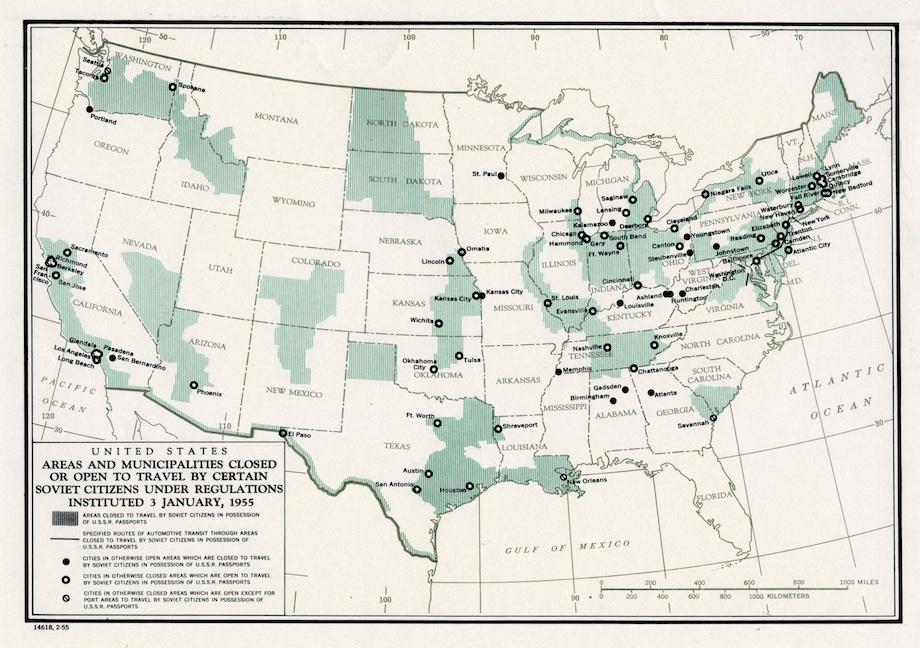June 1963 memo that summarizes Soviet media coverage of the growing American conflicts over civil rights. These Soviet broadcasts, which reached audiences in Asia, Africa, and South America, tried to turn global public opinion against the United States.
A few major arguments of these broadcasts, as Hughes summarized them: Capitalism provided a natural environment for racism, which would never end so long as the American system needed cheap labor. The federal government’s policy of limited intervention in Southern conflicts was tantamount to support of Southern racism. The United States could not claim to be the leader of the free world while hypocritically refusing to support civil rights within its borders.
In the most politically damaging line of reasoning, Soviet broadcasters argued that American domestic policy toward its black citizens was “indicative of its policy toward peoples of color throughout the world.” Emerging African, Asian, and South American nations, in other words, should not count on Americans to support their independence.

